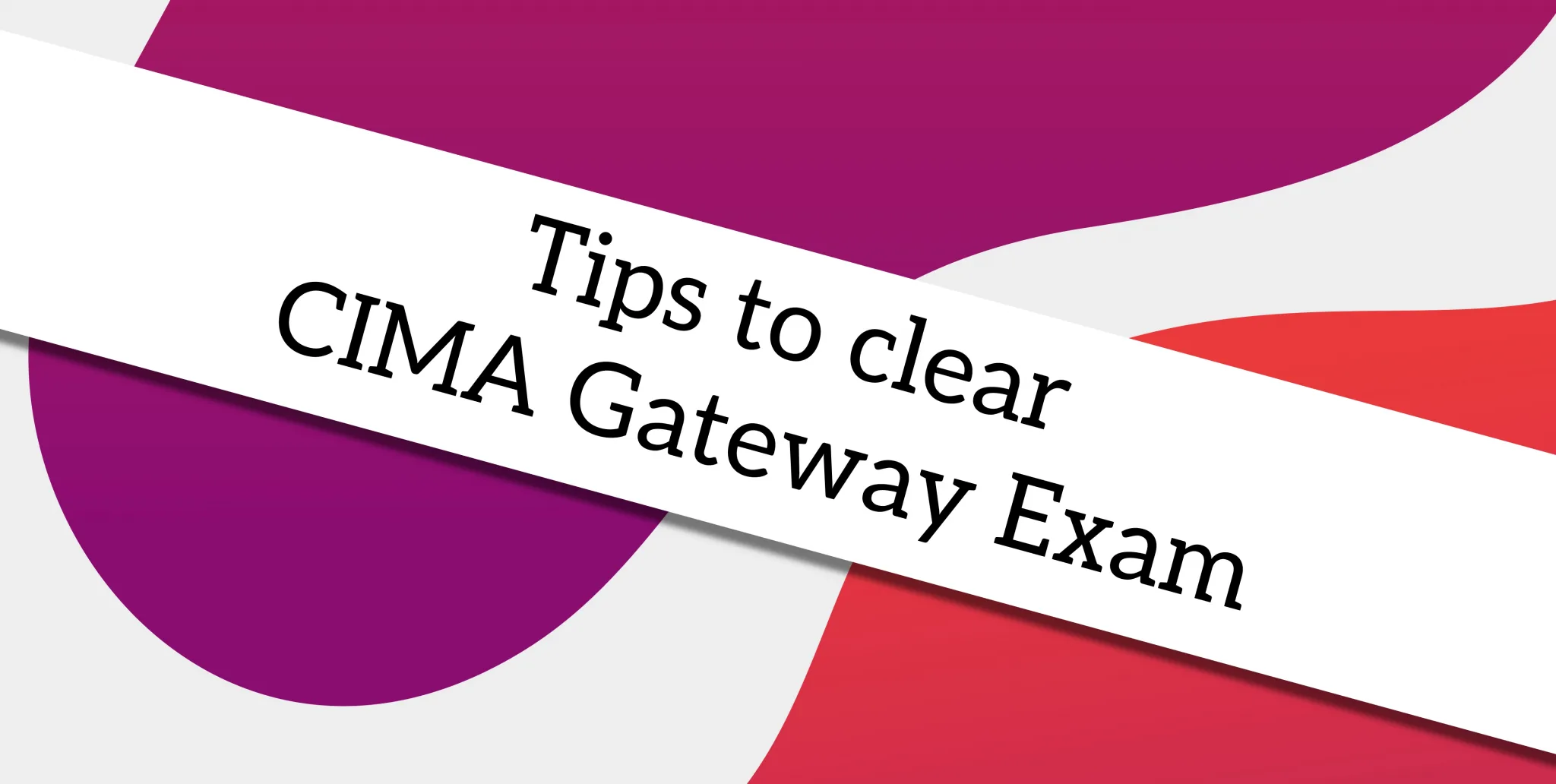Things you should know about new exam pattern of CIMA Gateway.

Here's What We've Covered!
Since March 2015, CIMA has introduced a radical change in the Gateway exam by making it a case study exam from the usual question-answer paper that it used to be.
From my experience, I believe the new assessment is to test the students on parameters/competencies which ensure that the students are industry-ready. The test in these exams is not just of technical knowledge, but also of the application and business know how part of it. To ensure the application is correct, concepts have to be clear, thus CIMA tests on a level above of what it used to in earlier testing.
Hence it becomes extremely important for a student to be thorough with the technical knowledge and concepts given in the syllabus of P2, E2 and F2. It would also be beneficial to have a good understanding of the topics given in P1, E1 and F1, to have a better grasp of the topics discussed at higher levels.
An in-depth analysis of the case study needs to be done, but focus should be on the three course books. The case study pre seen is provided to give us a background of the company; the unseen which is given in the exam creates a completely new situation for the candidate, thus while writing the answers focus should be on the new information that is provided and not just in repeating the old information.
As CIMA will not ask the students to perform any calculations in the exam, understanding the concepts becomes more important. I would strongly suggest the students, to have complete understanding of the three subjects. Just knowing the formula of finding, let’s say WAAC or discount rate is not going to help, one should ensure that understanding the effects of different factors/implications on/of them.
If time permits, to test whether your knowledge of the subject is complete, I would recommend solving the past papers of the three subjects. Even though they are in the old pattern, they still test your understanding of the concepts, and hence should be at least given a read. If the content in the book wasn’t enough for a particular topic, I would always research on it or seek help from the faculty members at IMS Proschool who are always ready to provide information, support and guidance to all the students.
Also, it is necessary to understand the competencies/ skills laid out by CIMA as the students are expected to demonstrate understanding and application of these competencies in the responses. I looked up all the information on skills and other requirements from their website.
CIMA expects the answers to be eloquent, written in professional language and so spelling and grammar errors should be kept at bay. To get an idea about the writing style they expect from the candidates, I would again suggest having a look at the past papers and the model answers, especially of the case study and making a conscious attempt to write clear and eloquent answers. By putting in a great deal of hard work one can clear this exam and achieve the target set out.
– This article is written by Shivani Ahuja (Commerce student, Finance & Accounts Enthusiast & A Future Writer) who has recently cleared CIMA gateway exam.
Resent Post
>
Emerging commerce career options in India (2026): From CA to Data Analyst
>
ACCA Opportunities You Didn’t Know About – Think Beyond Audit!
>
Which Courses After 12th Commerce With High Salary Are in Demand Worldwide?
>
How to Find ACCA Jobs Online After Qualifying: Real Portals, Tips & Career Guidance
>
Financial Modelling Classes in Hyderabad: Your Guide to the Best Institutes
Follow Us For All Updates!



